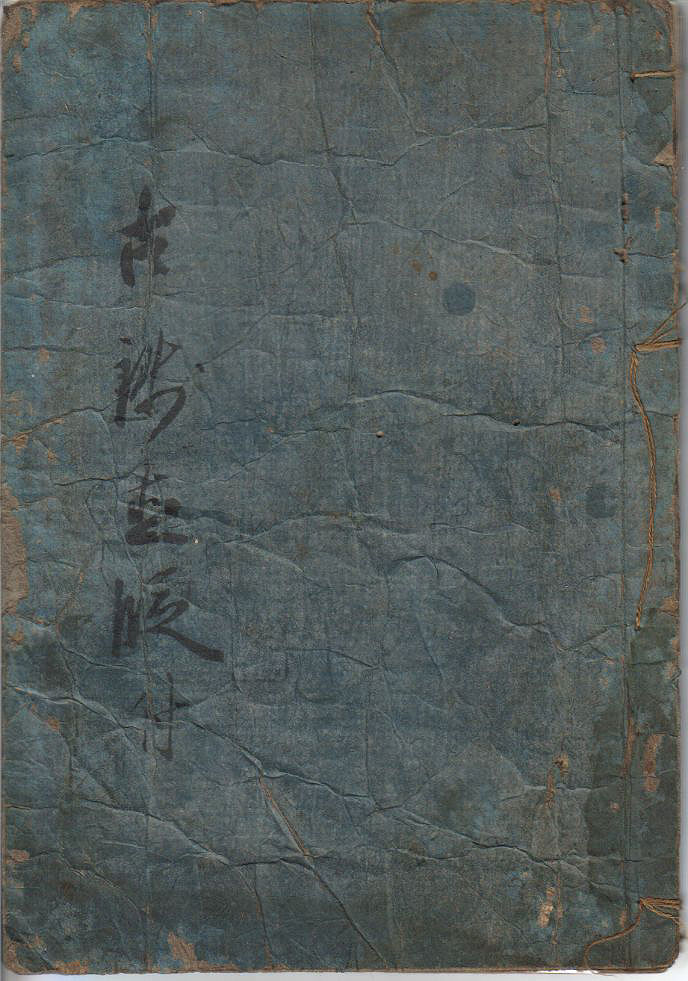





|
comments? corrections?
|
This coin collecting book has the full title of Shinpan kaisei, Kosen nedantsuke, Narabi ni bantsuki (Improved New Edition: Price List of Old Coins, Together with Rarity Ranking), and reflects coin collecting in the city of Nagoya in 1799.This book belongs to the collector Sam Leung who kindly provided me with the images and allowed me to present these at my site here. It makes a great companion to my own book, Shinsen zenikagami from 1842. it is special because it is half a century older than mine and also because it appeared in Nagoya. It was published in one part of 10 folios and its dimensions are **. The colophon at the endstates that it was published in the early spring of 1799 by Kumeya. Kumeya is a "yago" or family business name rather than a family name as we know it. The book also does not give his personal name, and the term following his name "han," means publisher rather than author or compiler, so it is possible that a different person was the compiler. The colophon does give Kumeya's address which is Nagoya city, Honmachi ward, 10th block. At that time Nagoya was a city of about 100,000 people and the fourth or fifth largest city in Japan. It was the castle town of one of the branch family domains of the Tokugawa clan. The main Tokugawa family were the overlords of Japan who ruled from Edo (present day Tokyo), referred to as Shogun or Kubo. I have a brief article about the life and diary of a Nagoya samurai around 1700, a century before this book appeared (See "A Transgressive Life" on my CV ). The book is mainly just a price guide for cash coins and cash-shaped charms. How much were certain coins worth in Nagoya in 1799? Just as one can see in the Shinsen zenikagami the relative values of coins are very different than today, reflecting different patterns of circulation that created different scarcities. There are also differences between the values presented two books, for the same reasons. The two books share alot in character but also some differences. This one focuses on what were higher value coins and does not present the truly common ones at all, whereas the Shinsen zenikagami devotes more space to very common coins. Below is the outside cover of the book, front and, below it the back. The front has brush written the basic title, Kosen Nedantsuke. The back cover has writing which can be read "Sei Naganishi" which may refer to a onetime owner's name, but I am not sure. The two black spots are where someone, perhaps Mr. Sei, has blacked out an earlier owner's name and seal. There is also a small character on the lower left which may be "nishi" (west) but I am not sure.
|
|
Because each page file is a large JPG (around 200K each) I have made a separate web page for each of the11 pages of the book. Use this bar to navigate to the page you want. Use the cover image in the green rectangle to navigate to this page. |
 |
 |
 |
 |
 |
 |
|||||
|
1
|
2
|
3
|
4
|
5
|
6
|
7
|
8
|
9
|
10
|
11
|
 |
 |